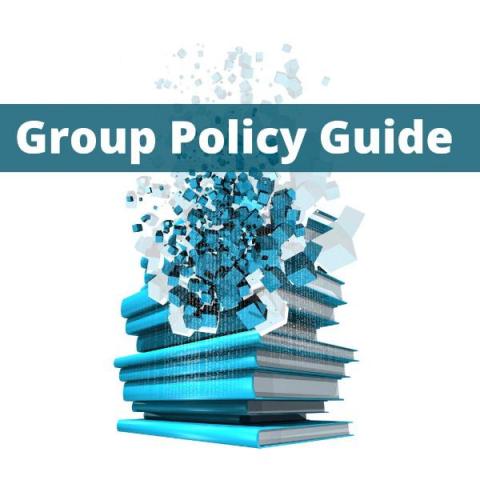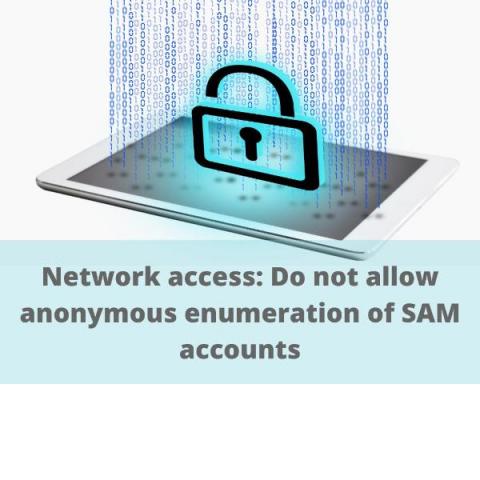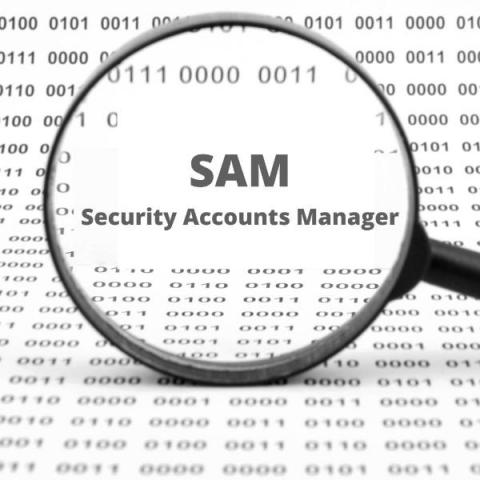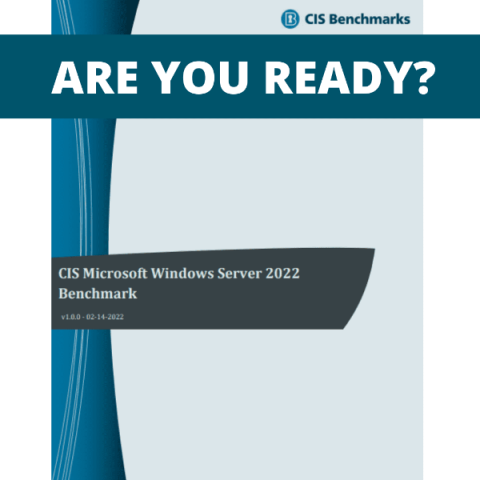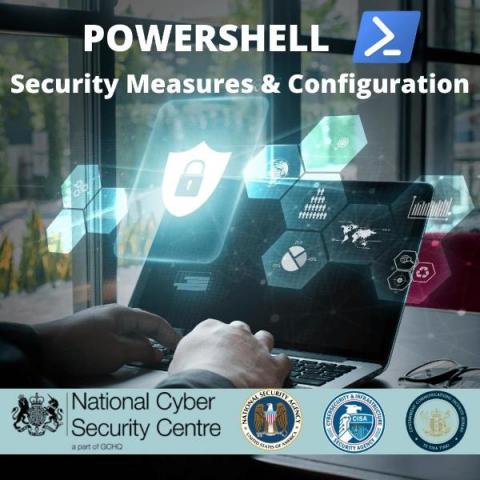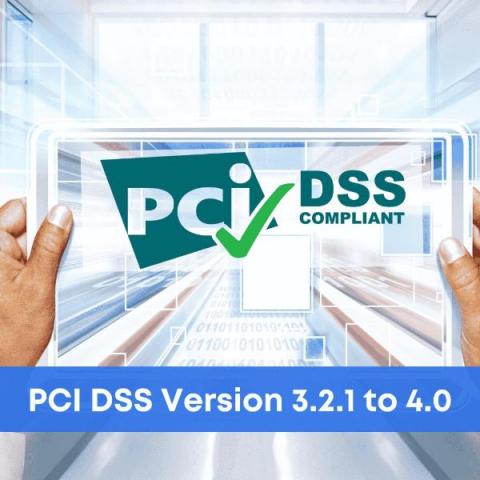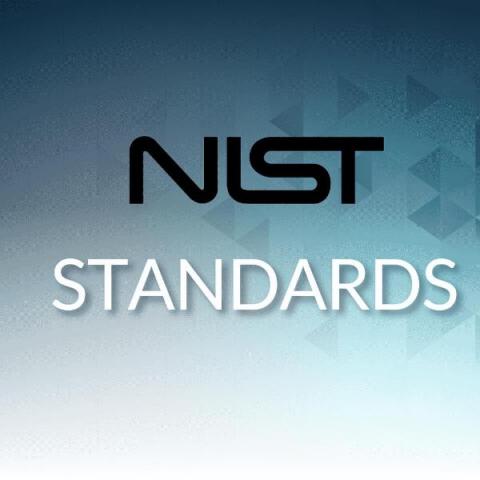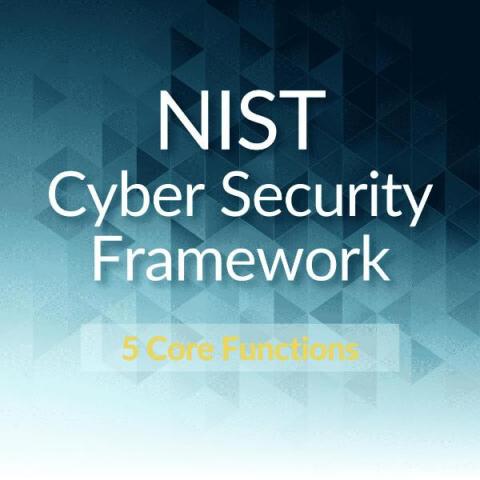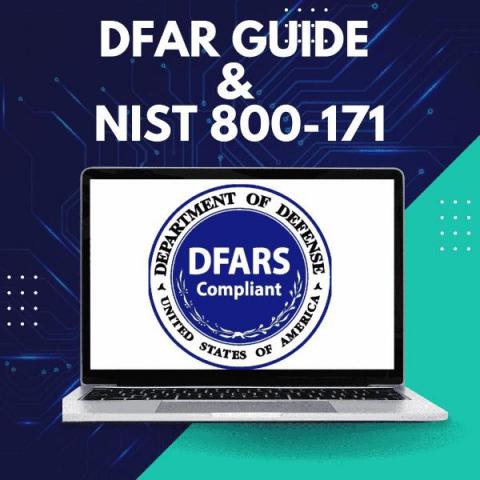Group Policy Guide for Baseline Hardening
A safe and secure environment is prioritized by every type of organization and configuring some basic Group Policy Settings properly, can help in achieving this task. Also, by using Group Policies correctly a user’s computer can be protected from threats and breaches.


